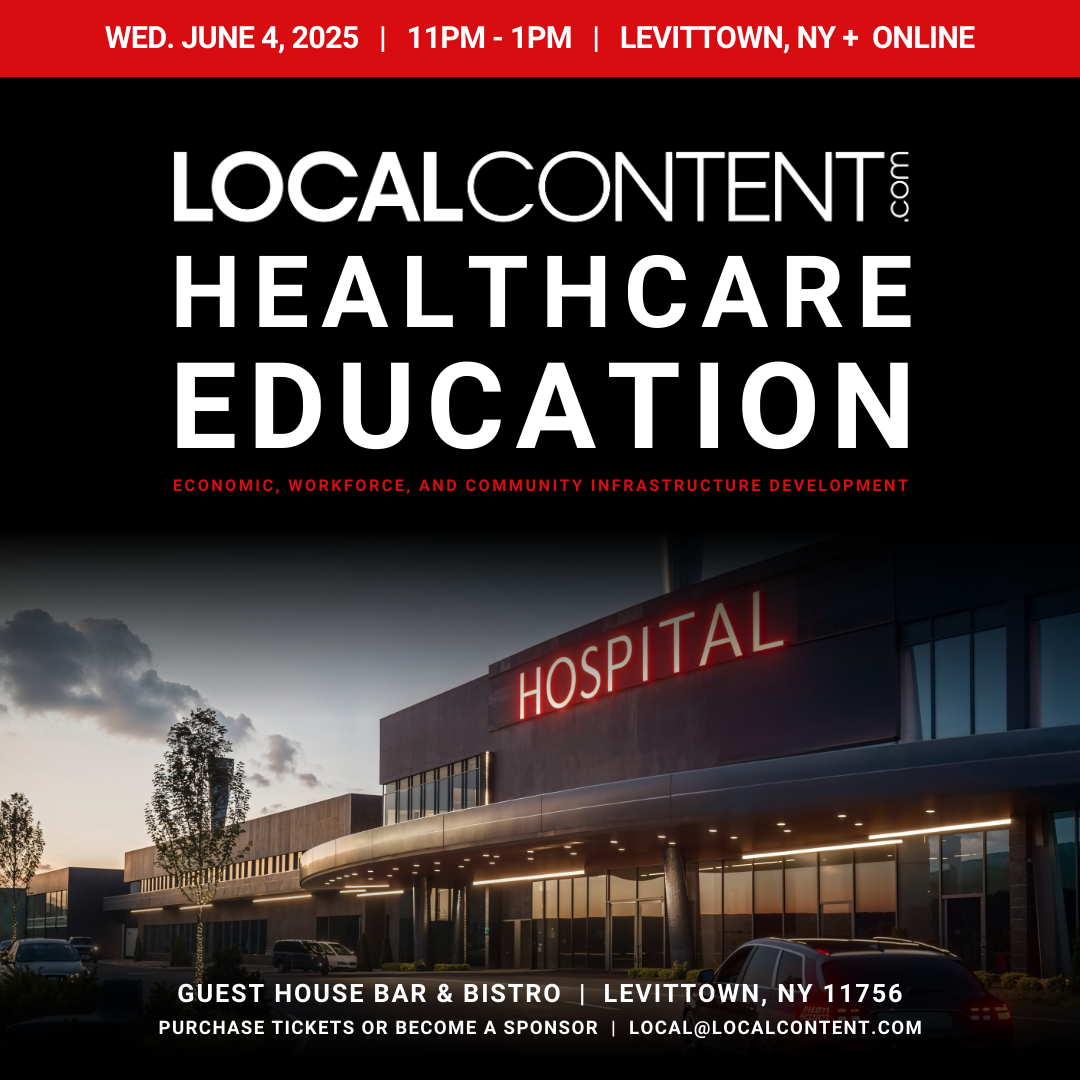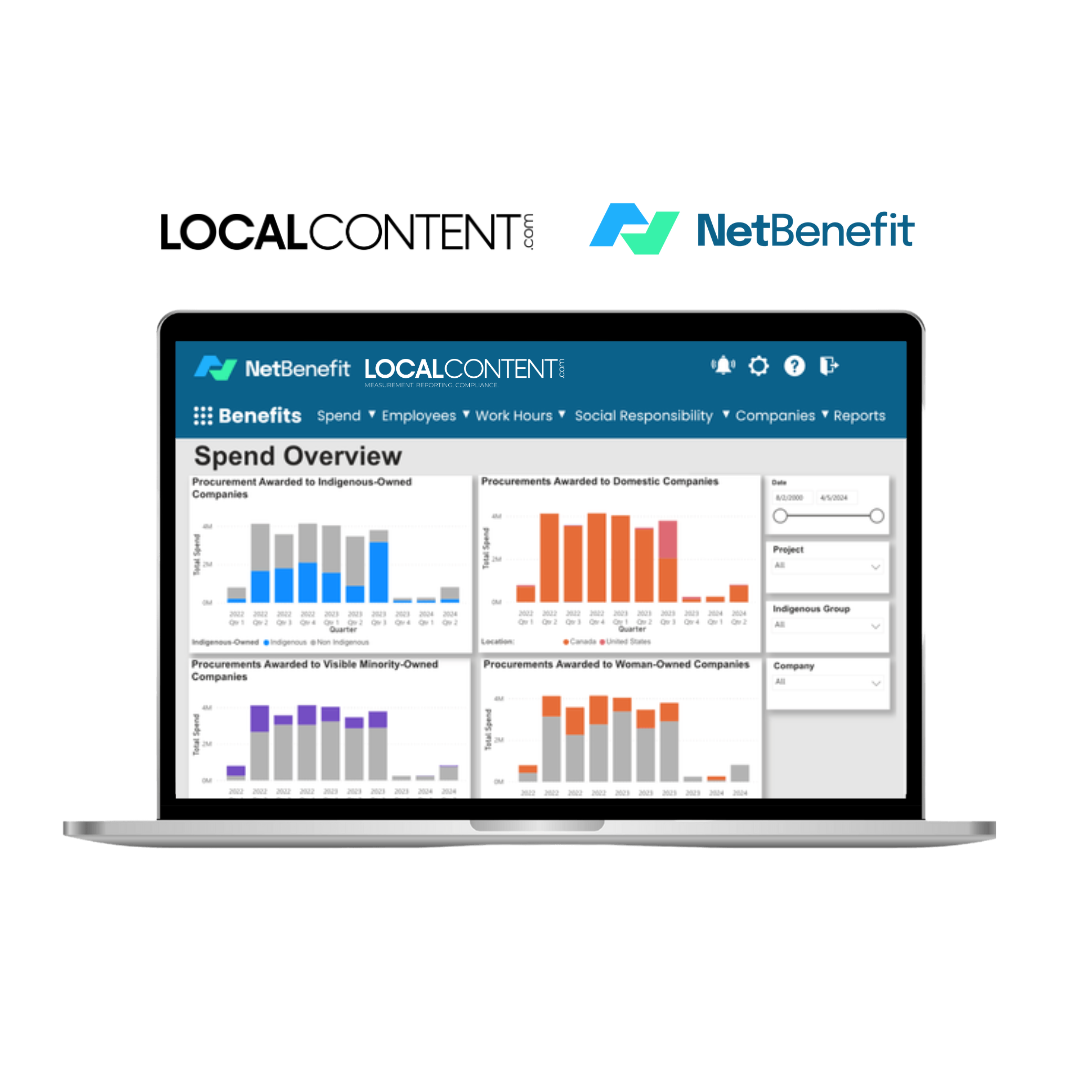Hoboken, NJ – Across cities and suburbs nationwide, transit-oriented developments (TODs) are transforming the way we live, work, and thrive. By blending housing, retail, and commercial spaces around transit hubs, TODs are reshaping urban and suburban growth while driving local economic progress. These developments do more than reduce reliance on cars—they are becoming powerful engines of economic opportunity, fueled by billions of dollars in public and private investment.
As infrastructure investments accelerate, TODs are setting the standard for sustainable urban and suburban expansion. Here’s a look at six standout projects in New York, Maryland, New Jersey, Long Island, Nassau County, and Virginia that are harnessing local and domestic content to create jobs, empower businesses, and strengthen communities.
- New York: The Bronx Metro-North Station Area TOD
The Bronx Metro-North Station Area Plan is transforming key transit hubs into vibrant, mixed-use spaces, with a focus on local economic impact:
- 30% of construction contracts are directed to minority- and women-owned businesses (MWBEs) and local firms.
- 25% of new job opportunities are reserved for Bronx residents.
- Workforce development programs and affordable housing projects aim for long-term community growth.
- Maryland: Purple Line Corridor TOD
Maryland’s Purple Line light rail is more than just transportation—it’s a catalyst for local economic growth. TODs along the Purple Line corridor include:
- 20% of all subcontracting opportunities are designated for Maryland-based small businesses.
- Workforce training programs aim to upskill workers, especially in underserved communities.
- Affordable housing partnerships focus on fostering economic diversity.
- New Jersey: Hoboken Yard Redevelopment
In New Jersey, the Hoboken Yard Redevelopment project is creating a thriving district adjacent to a major transit hub. This development prioritizes local content by:
- Hiring 35% of the construction workforce from New Jersey, with an emphasis on Hudson County.
- Collaborating with unions and job training programs to prepare workers for long-term employment.
- Sourcing 40% of materials and equipment from U.S.-based manufacturers.
- Long Island: Ronkonkoma Hub TOD
The Ronkonkoma Hub in Long Island is transforming a key LIRR station into a thriving residential and commercial district, with a local content focus:
- 25% of contracts are awarded to Long Island-based small businesses and MWBEs.
- Veteran and Suffolk County residents are prioritized for job opportunities.
- The development commits to sustainable construction practices, focusing on domestically sourced materials.
- Nassau County, NY: Mineola Transit-Oriented Redevelopment
Mineola’s transformation around the LIRR station integrates residential, retail, and commercial spaces with local content initiatives:
- 30% of contracts go to Nassau County-based small businesses.
- Workforce training partnerships with local educational institutions prepare residents for high-demand jobs.
- Affordable housing units are part of the plan to ensure local benefits from economic growth.
- Virginia: The Silver Line Phase II TOD
Northern Virginia’s Silver Line Phase II TODs set a new standard for economic inclusion and community development:
- 30% of commercial space is dedicated to local businesses and startups, promoting entrepreneurship.
- Community colleges partner to build workforce pipelines for construction and long-term careers.
- Affordable housing ensures accessibility for lower-income residents near transit hubs.
TODs are more than real estate—they are strategic investments in economic resilience, equity, and sustainability. By embedding local and domestic content requirements, these developments are shaping the future of both urban and suburban areas, creating opportunities for small businesses, workers, and communities to thrive. With billions in infrastructure funding, policymakers and developers have a unique opportunity to continue these efforts, ensuring TODs remain key to equitable growth and urban renewal.
For small businesses and nonprofits, these projects offer a wealth of opportunities to contribute to local content compliance while advancing their own economic growth. By engaging in TODs within their regions, local enterprises can help lead the charge in urban transformation, ensuring that as cities and suburbs grow, so do the communities that support them.








